In an effort to boost COVID-19 vaccination rates in hard-hit Black and Latino neighborhoods, Mayor Lori Lightfoot said Monday she plans to increase the number of doses for mostly South and West side communities while partnering with local groups on a U.S. census-style outreach plan.
So far, the city said, most Black and Latino communities that have been hit hardest by the virus lag far behind downtown and the Near North Side in getting vaccinated. Part of that is due to some health care workers living in those areas, but public health Commissioner Dr. Allison Arwady said the disparity is a concern for the city.
On Monday, the city entered a new phase for its vaccination program, opening up inoculations for residents age 65 or older and front-line essential workers, including teachers. As the city worked to broaden its vaccination campaign, Arwady said 1 in 25 Chicagoans have received shots, but in Englewood, the number is 1 in 66 while the Loop is 1 in 10.
To change that, the city plans to boost the number of vaccines sent to West Englewood, New City, Gage Park, North Lawndale, Little Village, Chicago Lawn, Englewood, Roseland, Archer Heights, Washington Heights, Austin, Montclare, South Deering, Belmont Cragin and Humboldt Park, officials said.
Still, it’s not yet clear how many extra vaccines will go to each specific neighborhood. During a briefing with reporters, Arwady said it would be a “rolling system,” and all 15 neighborhoods eventually will be getting more shots, but she did not provide a number.
While calculating how much more vaccine to send a neighborhood, Arwady said the city is looking at how under-vaccinated the area is “compared to the norm.” As an example, Arwady said, if 4% of Chicagoans have been vaccinated but a particular neighborhood’s number is less than that, the city wants to direct more vaccine there to ensure residents have enough.
Arwady also said the city would work with community groups to get people to sign up in their neighborhood as a “strike team” effort to get people signing up for vaccinations.
“There literally will be door-to-door or industry-to-industry workers using that census model with their iPads,” Arwady said.
The city’s vaccination plan for phase 1b, which includes Chicagoans age 65 and older, non-health care congregate settings such as shelters and front-line essential workers, formally began on Monday.
Those oldest and at highest risk will be prioritized.
The city began its vaccination campaign with phase 1a last month, which has included health care workers and long-term care facility residents and staffers.
A transitional stage between phase 1a and phase 1b began earlier this month, during which hospitals with leftover doses could start vaccinating their oldest and highest risk patients.
Arwady said the majority of phase 1b will happen in February and March, and the city will have a sign-up form for “very, very limited” appointments. But she hopes the majority will register for vaccine injections through their health care provider, pharmacy or employer, she said.
Patience will be asked of the vast phase 1b population, Arwady said.
City officials also have repeatedly called for an increase in vaccine doses shipped by the federal government.
At the rate of 34,000 first doses being shipped to the city per week, Chicago will be overwhelmed with demand exceeding supply during phase 1b, health officials have said.
___
(c)2021 the Chicago Tribune
Visit the Chicago Tribune at www.chicagotribune.com
Distributed by Tribune Content Agency, LLC.
—-
This content is published through a licensing agreement with Acquire Media using its NewsEdge technology.



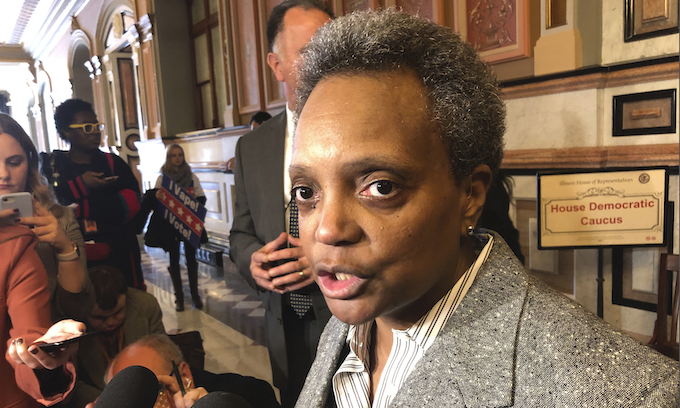
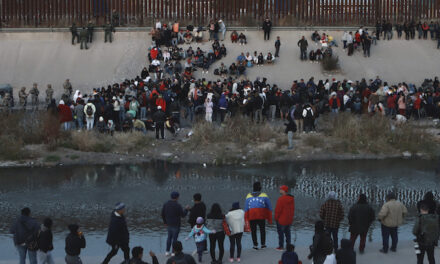
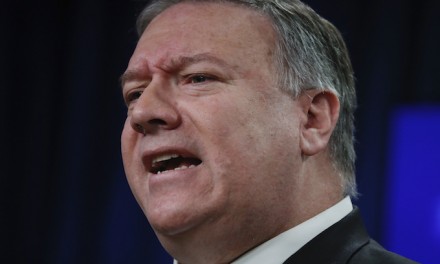
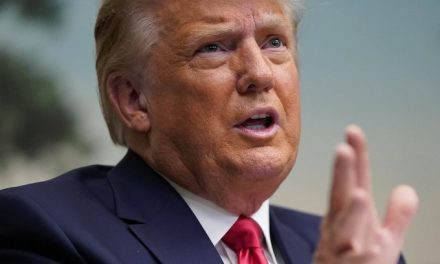
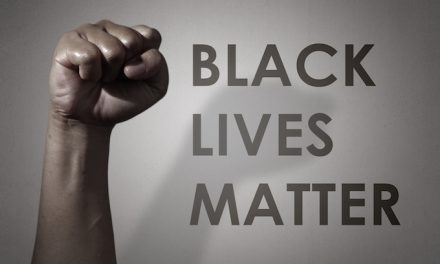







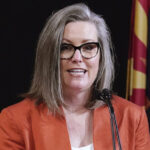
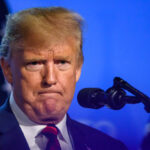
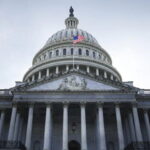
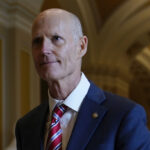
her plan is about as good as the movie plan 9 from outer space, well she looks ailien to me.
You mean Beetle Juice!!
https://www.google.com/search?q=beetlejuice&rlz=1C1ZCEB_enUS844US844&source=lnms&tbm=isch&sa=X&ved=2ahUKEwj5v8vswrruAhWMtlkKHSuhCSkQ_AUoAXoECB4QAw&biw=1503&bih=702
Reality finally dawns on the Democrats,,,,segregation from COVID now translates as Segregation by skin colored neighborhoods. You just know that’s what they really had in mind all along, they the new socially redefined privileged class. Of color. They will never admit the social divide is really the ability to self-govern and act like an adult, but keeping blacks in social dependency works for Democrats to get elected, and now for blacks to first get the voted “quid quo pro vaccine”, created no doubt by someone in Kenya?
“Part of that is due to some health care workers living in those areas, but public health Commissioner Dr. Allison Arwady said the disparity is a concern for the city.”,,HUH ? Couldn’t possibly be because 12% of Blacks carry the sickle cell anemia gene which is a “Do Not Pass Go, but go directly to a ventilator.” Could not possibly be because many Hispanics work cleaning hotels, houses and toilets of people like Lightfoot, or take unskilled jobs taking out the trash, which Lightfoot belongs on the head of the list.
If vaccines had been distributed by private industry,not incompetents like Lightfoot and Cuomo who held back supplies for personal gain, her dark skinned neighborhoods as well as light skinned neighborhoods would be doing just fine in distribution but when corrupt Mayors like Lightfoot get skin in the game it all starts to smell like infected toe jam, or maybe “Joe jam” if Biden gets involved.
Like always. FAVOR ‘da black man’, over whites.. Can you IMAGINE HOW MUCH outrage there’d be, if a mayor said “WE will send it to predominantly WHITE or asian” neighborhoods??? He’d be lynched before the day was out.
Lightfoot is light headed, heavy handed born-again race bait and switch queen of the deadliest city for young African American in this country. She’s the ugly face of incompetence and the elitist status quo.
That’s a GREAT IDEA, the two rna vaccines have serious negative effects on blacks and latinos. She will be responsible for killing thousands…..MORE.
BUT YOU CAN BET, if/when those deaths happen, SHE WON’T GET a single piece of the blame….
She is actually talking about ” getting shots” in minority neighborhoods , QUICK DUCK !!